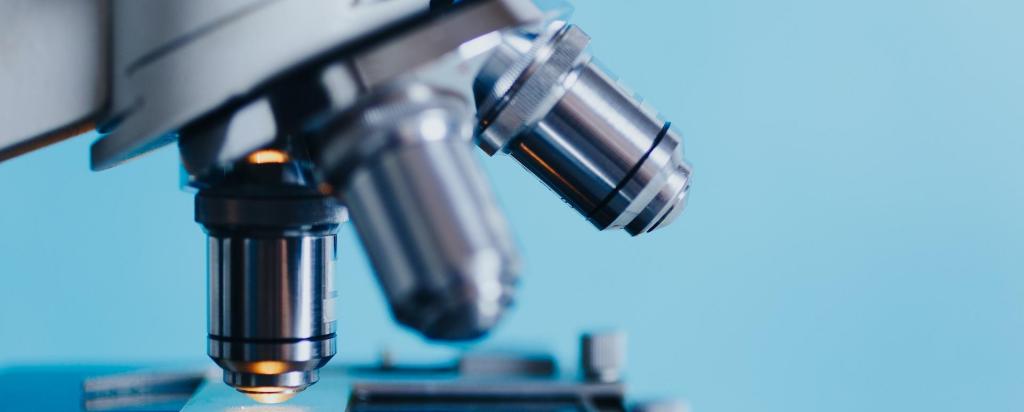Sika operation and research agreement renewed
Agreement extends Taiwan’s National Synchrotron Radiation Research Center’s operation of neutron scattering instrument at ANSTO

Showing 1 - 20 of 85 results
Agreement extends Taiwan’s National Synchrotron Radiation Research Center’s operation of neutron scattering instrument at ANSTO
MABI instrument can determine both the concentration and source of black carbon pollution in the atmosphere.
An accomplished international photographer has capture dazzling new images of one component of the main ring at our Australian Synchrotron and provided an inside view of the electron’s path when it is used.
ANSTO has provided supporting experimental evidence of a highly unusual quantum state, a quantum spin liquid (QSL), in a two-dimensional material.
The role of trace elements as palaeoclimate proxies has been explored in ANSTO-led collaborative environmental research.

The Biological Small Angle X-ray Scattering beamline will be optimised for measuring small angle scattering of surfactants, nanoparticles, polymers, lipids, proteins and other biological macromolecules in solution. BioSAXS combines combine a state-of-the-art high-flux small angle scattering beamline with specialised in-line protein purification and preparation techniques for high-throughput protein analysis.


The Macromolecular Crystallography beamlines at the Australian Synchrotron (MX1 and MX2) are general purpose crystallography instruments for determining chemical and biological structures.

ANSTO provides a range of capabilities using neutrons, X-rays and infrared radiation to study the solids, liquids and gases that might be found in materials in our solar system and beyond.

ANSTO provides a range of capabilities using neutrons, X-rays and infrared radiation to study the solids, liquids and gases that might be found in materials in our solar system and beyond.
Scientists at ANSTO characterise structures with atomic detail using probes such as x-rays, electrons, neutrons and ions.
The X-ray Fluorescence Nanoprobe beamline undertakes high-resolution X-ray microspectroscopy, elemental mapping and coherent diffraction imaging – providing a unique facility capable of spectroscopic and full-field imaging. Elemental mapping and XANES studies will be possible at sub-100 nm resolution, with structural features able to be studied down to 15 nm using scanning X-ray diffraction microscopy.
An instrument used to study any materials with structure of the length scale 1-100nm.

Investigations of various aspects of magnetism can be conducted on all neutron-scattering instruments at OPAL.

It is critical across many industries to identify and locate sources of radiation accurately and quickly. By accurately imaging radiation across the full energy range, CORIS360™ improves operational decision making across many industry settings.

Sample environments, Data Analysis, Mail-in Services.

ANSTO has been tracking and publishing data on fine particle pollution from key sites around Australia, and internationally, for more than 20 years.
